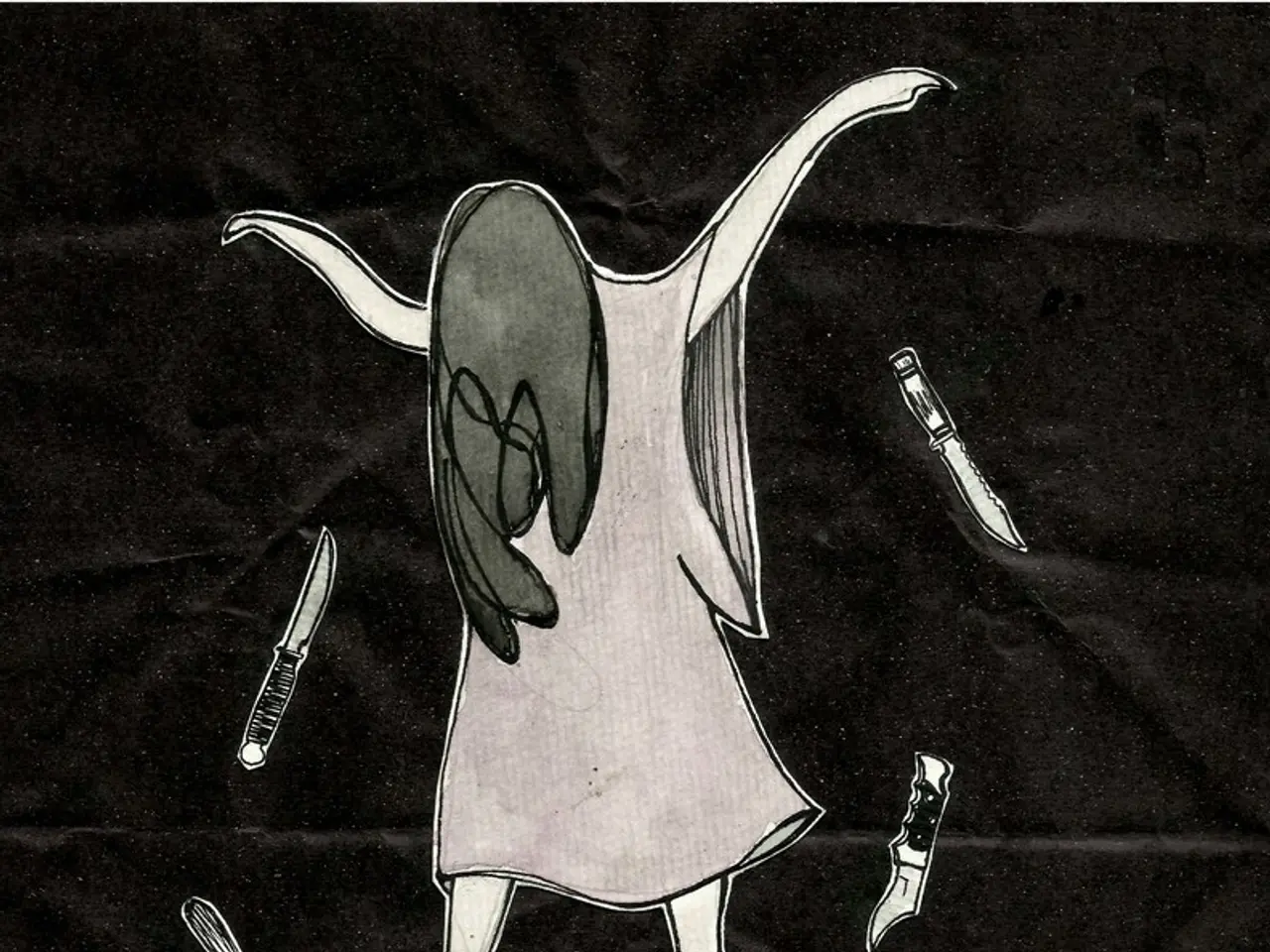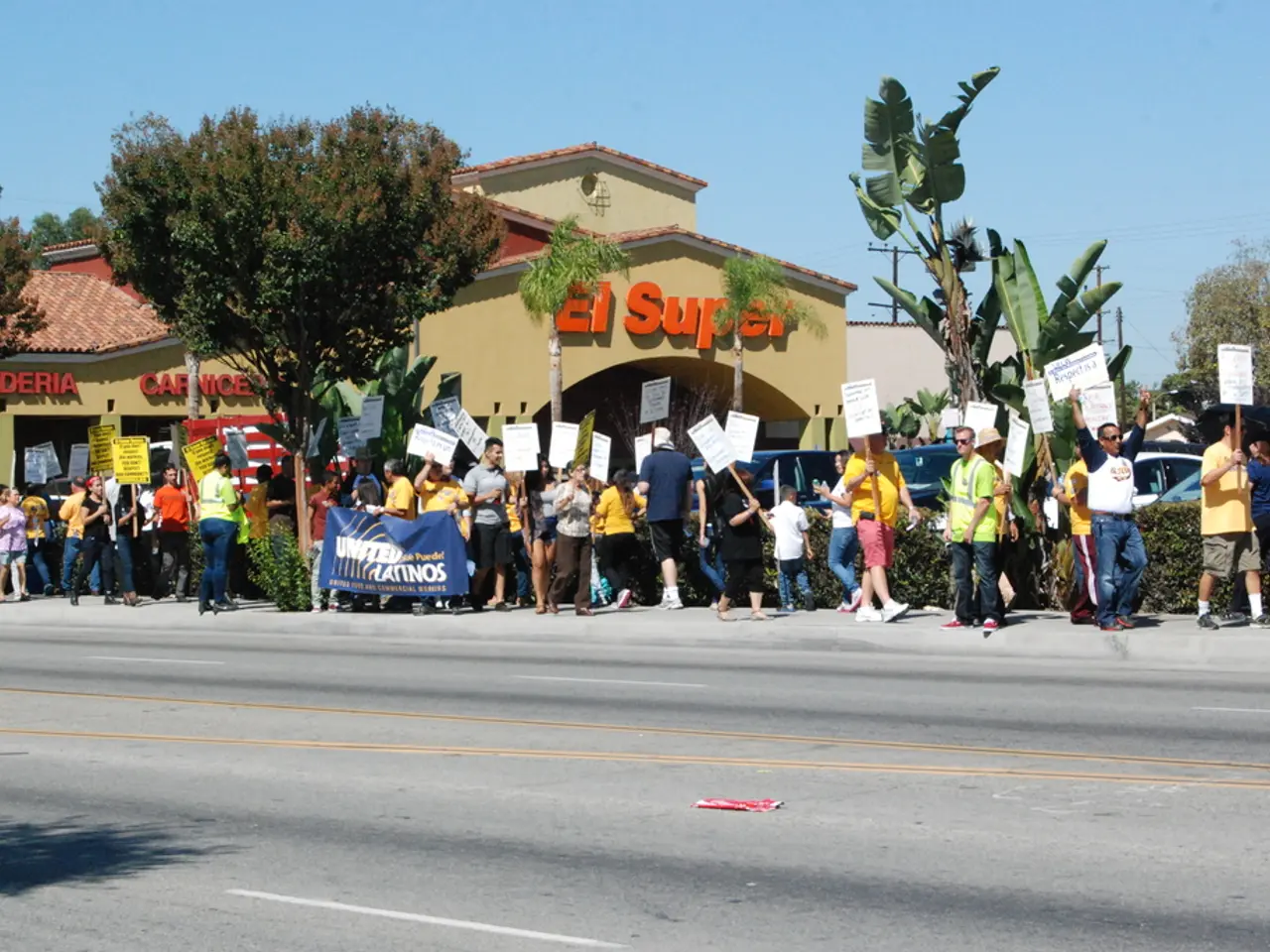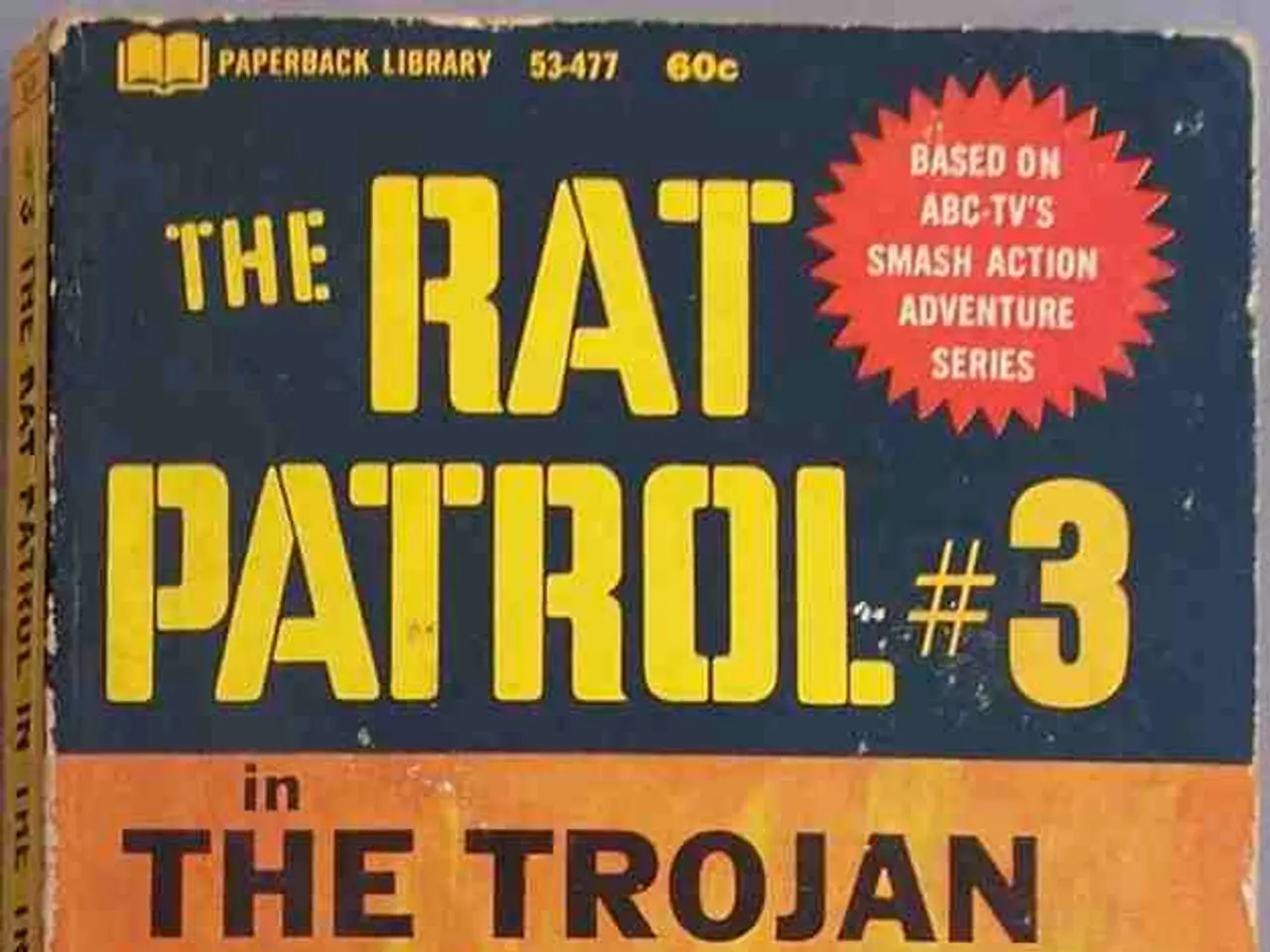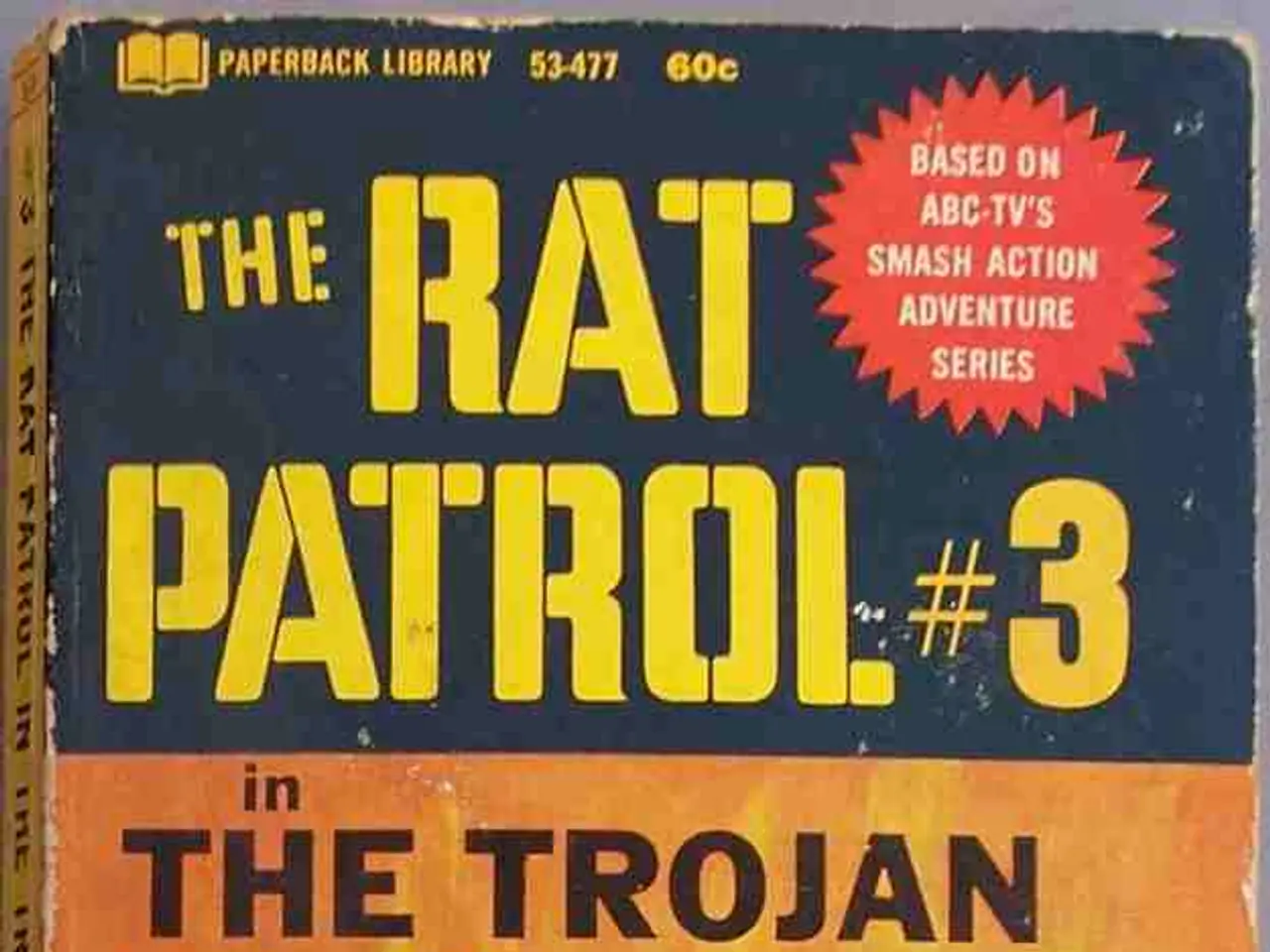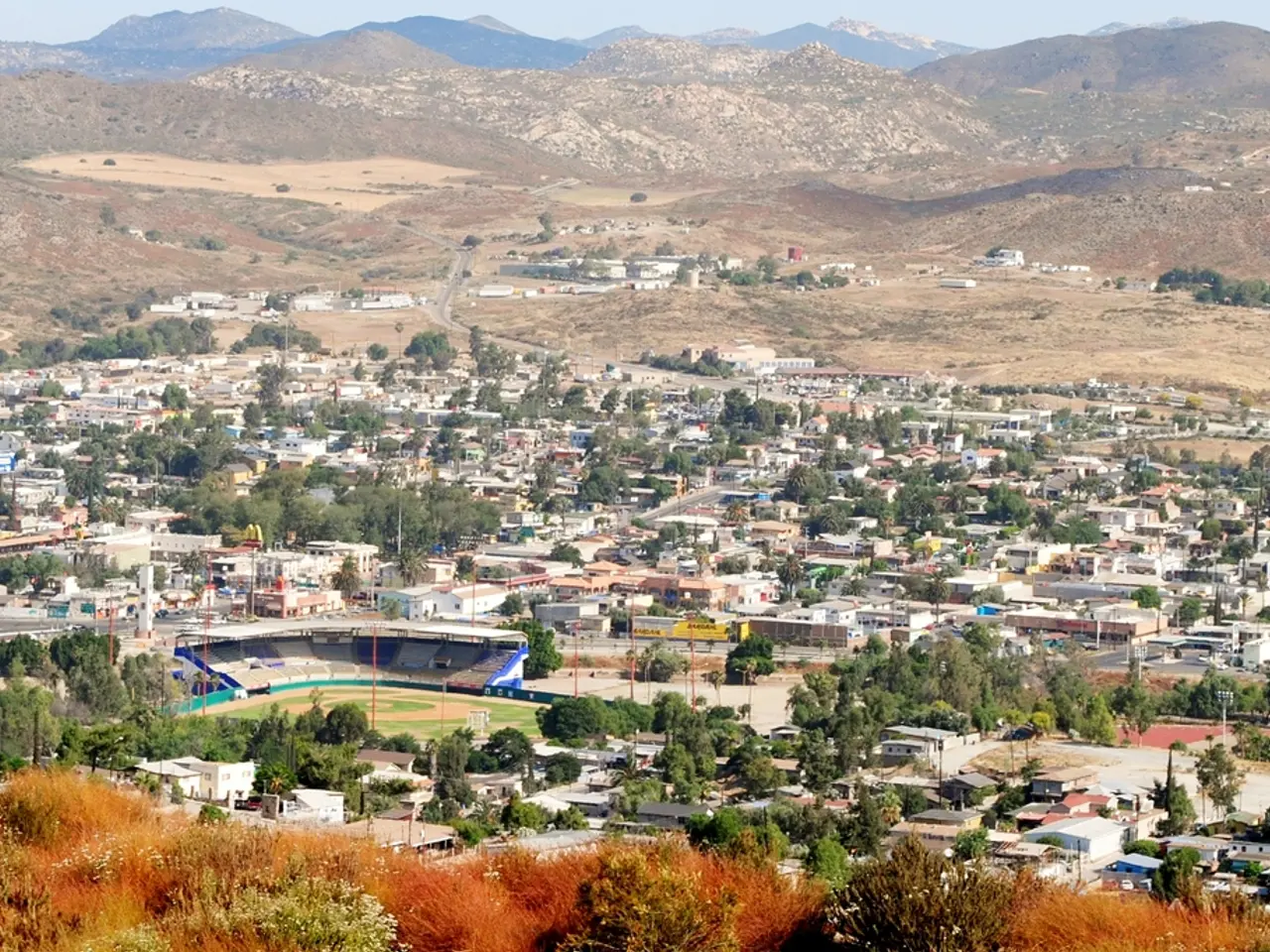Query: Reevaluating Political Symbolism - Why is Red Generally Associated with the Left?
In the heart of Ingolstadt city center, overnight on Tuesday, several red graffiti writings and symbols appeared, sparking debate and raising questions about the role of political graffiti in modern society. The police have described the graffiti as "left-wing graffiti" in their press release, but the motivation behind the artwork, whether out of conviction, youthful exuberance, or conscious deception, remains unclear.
The color red and old symbols are often used to immediately identify a political camp, with the hammer and sickle being a potent symbol in this context. However, it is essential to remember that graffiti, more often than not, expresses protest, anger, or provocation rather than well-thought-out political strategy. The impression arises that this is "left-wing vandalism" when such incidents occur, but it is crucial to approach such instances with caution and avoid hasty judgments.
The tendency to associate political extremism quickly with graffiti based on color and symbols stems from the powerful role these visual markers play as concise, immediate signifiers of ideology. Historically, extremist groups, particularly neo-Nazis and far-right militants, have deliberately used graffiti as a form of public communication to spread their ideology, provoke fear, and assert territorial presence.
However, relying predominantly on these symbols oversimplifies complex social realities. It risks reducing nuanced political and social dynamics to mere iconography, overlooking root causes such as economic conditions, social alienation, or political grievances that drive extremism. Focusing primarily on symbols without context can lead to misinterpretation or generalization, potentially stigmatizing entire communities or movements that may be nonviolent or unrelated.
In politically charged times, judgments often lean towards categorizing incidents as "left-wing extremism" or "right-wing extremism." But it is essential to remember that graffiti, like any form of art, can be a complex expression of ideas and emotions, and it is crucial to approach such instances with an open mind and a willingness to understand the underlying messages.
Investigations into the Ingolstadt graffiti are ongoing, and it is essential to maintain a clear stance and consistency in opposing property damage through graffiti, regardless of political attributions. For a clean cityscape and respectful coexistence, decisive action is needed. Yet, it is equally important to focus on the property damage, not on immediately identifying the political affiliation of the culprits.
Waiting for culprits is not enough; it's important to commit to how decisively and consistently one opposes such forms of property damage. Pointing fingers at culprits can reveal more about one's own perception than about the actual culprits. In the city, a clear stance and consistency are needed in opposing property damage through graffiti, regardless of political attributions.
Artistic efforts, such as those by activist street artists like CIBO in Italy, illustrate a nuanced counter-strategy by using artistic symbolism to deconstruct nationalist myths and promote inclusion, showing that symbols can also be reclaimed to foster understanding rather than division.
In summary, while graffiti symbols serve as effective, swift indicators of political extremism for public awareness and law enforcement, relying predominantly on them oversimplifies complex social realities, which can hinder comprehensive societal understanding and effective, constructive responses to extremism. Addressing extremism requires moving beyond symbols to engage with the deeper social and political contexts that fuel such movements. A bit more calm and openness in judgment would be desirable in these heated political debates, ensuring that we do not lose sight of the importance of understanding and compassion in our pursuit of a more inclusive society.
- The use of red and old symbols in political graffiti can be powerful indicators of a specific political camp, but it is crucial to remember that such graffiti often represents protests, anger, or provocation rather than a well-thought-out political strategy.
- Historically, extremist groups like neo-Nazis and far-right militants have utilized graffiti as a means to spread their ideology, provoke fear, and assert territorial presence, but relying solely on graffiti symbols oversimplifies complex social realities and can lead to misinterpretation or generalization.
